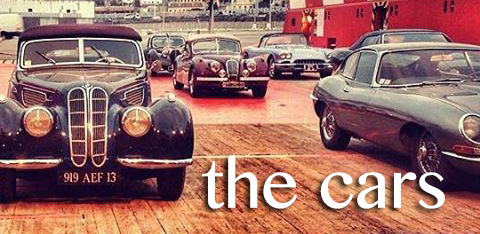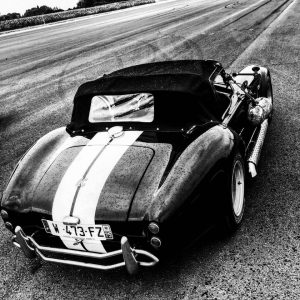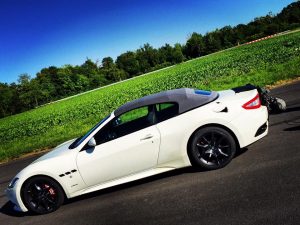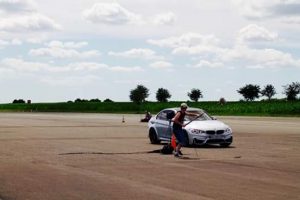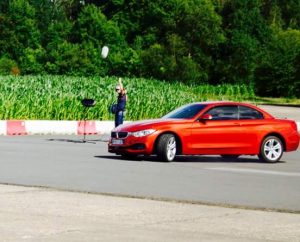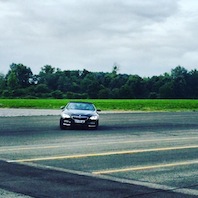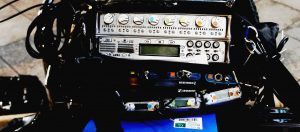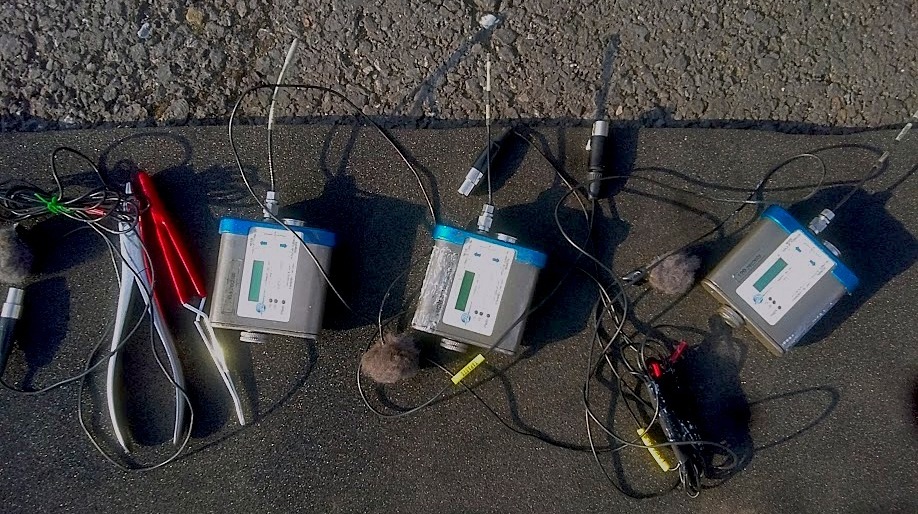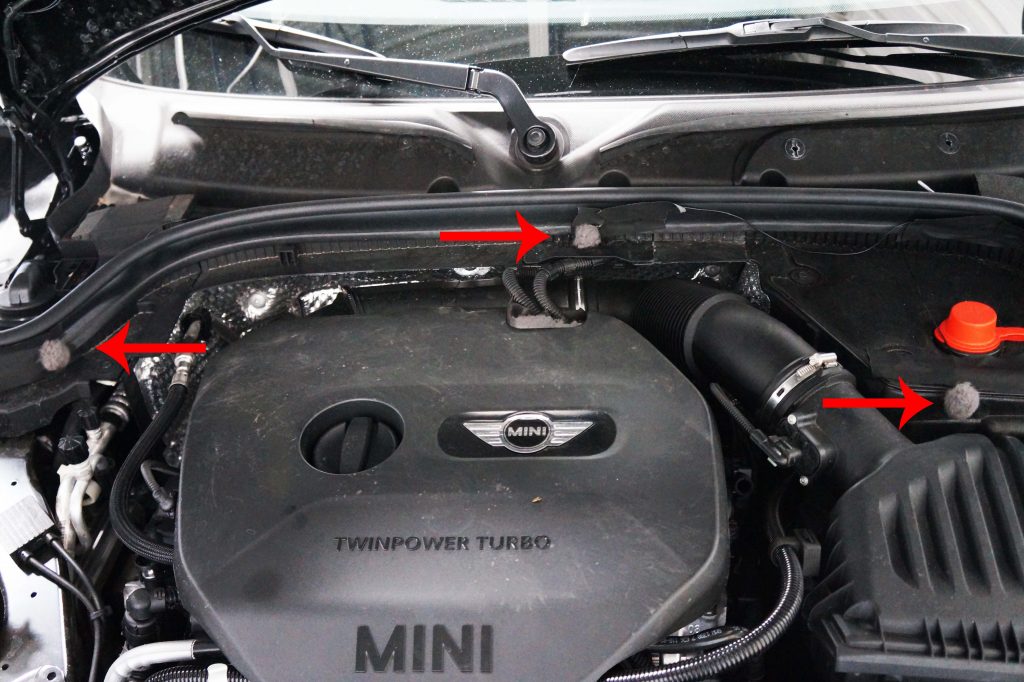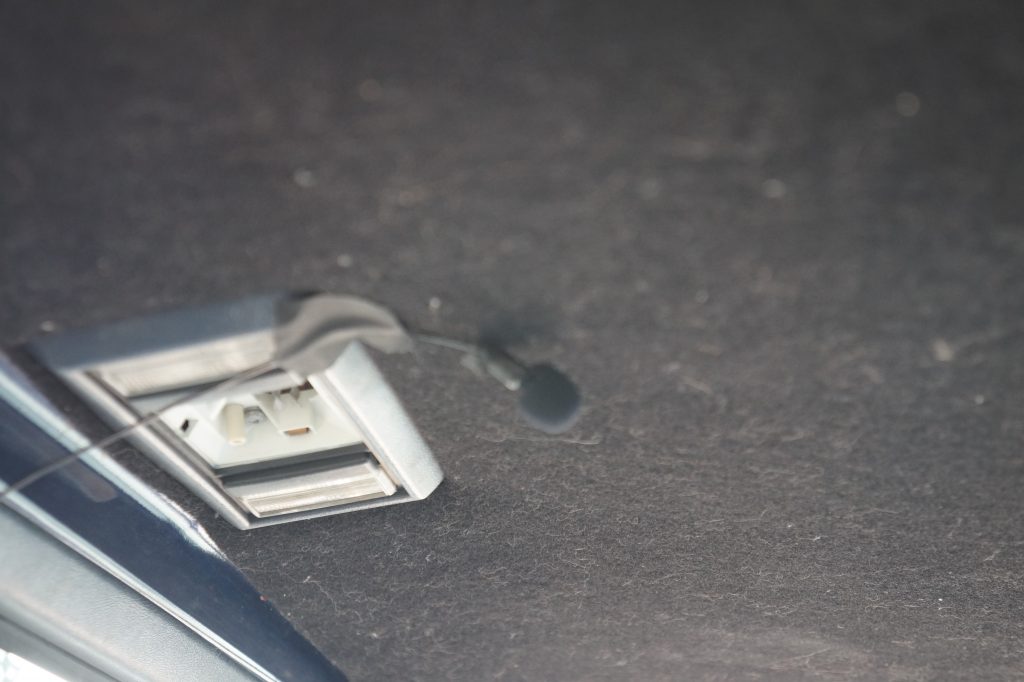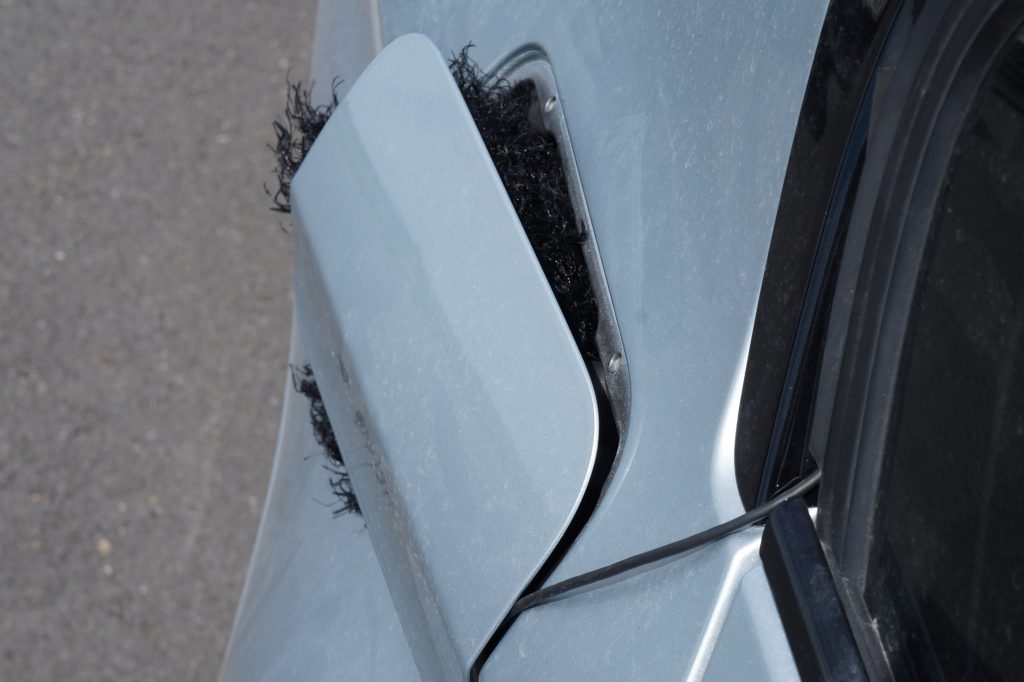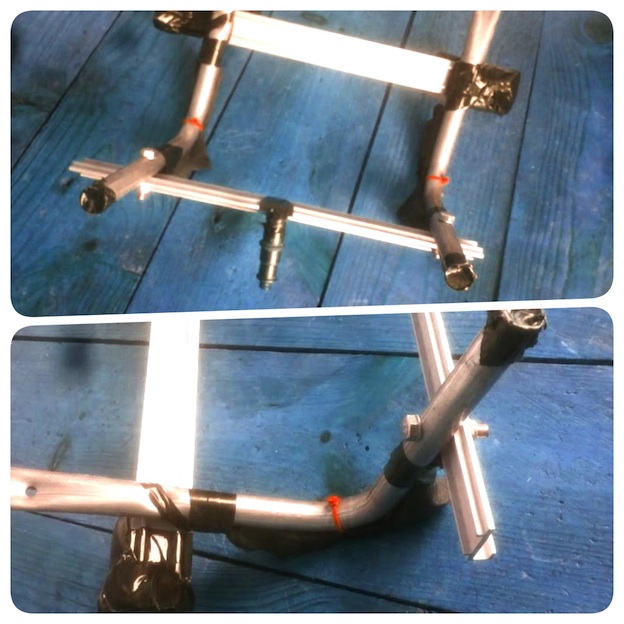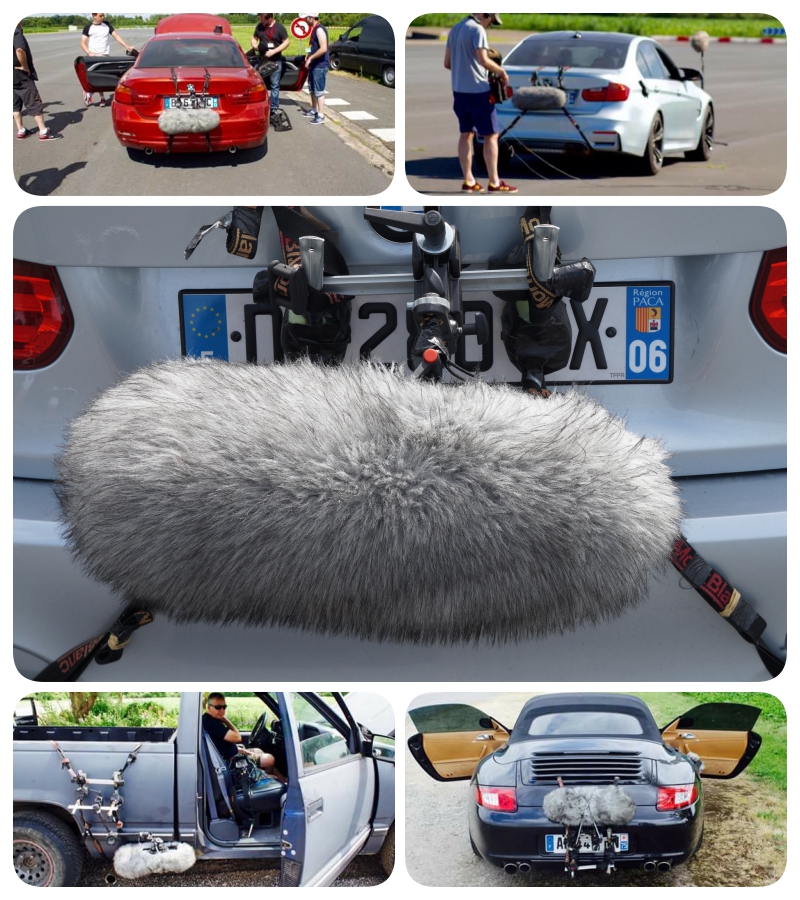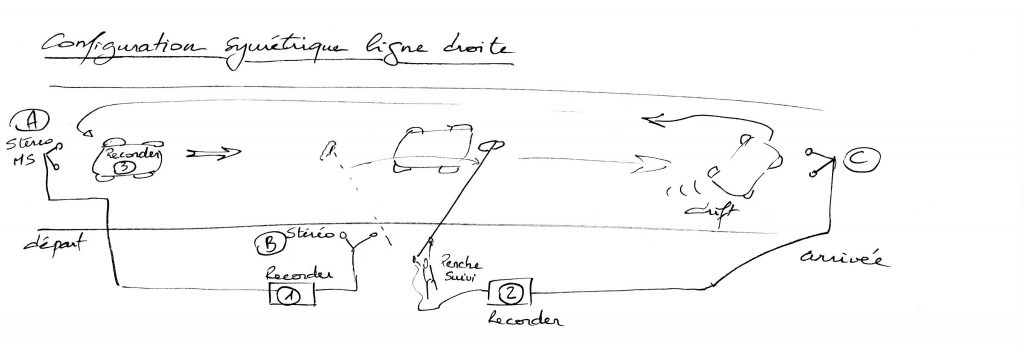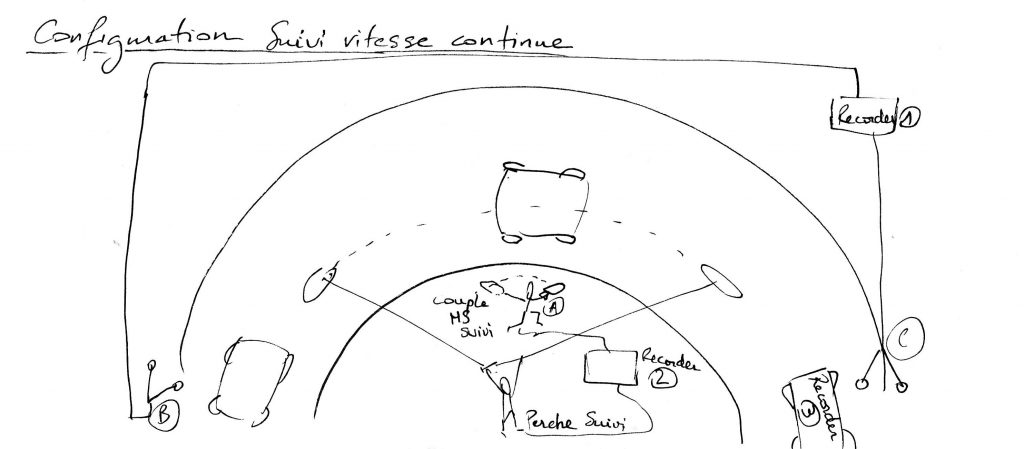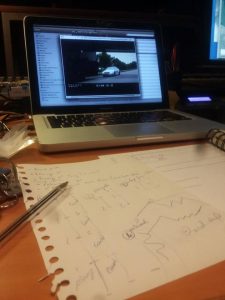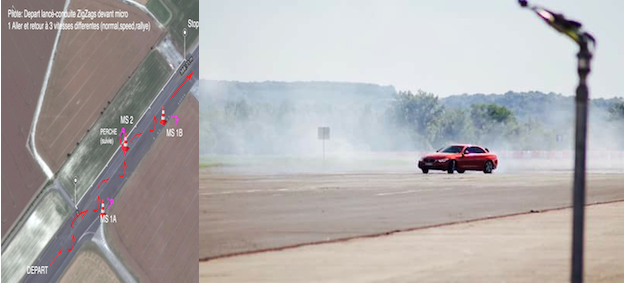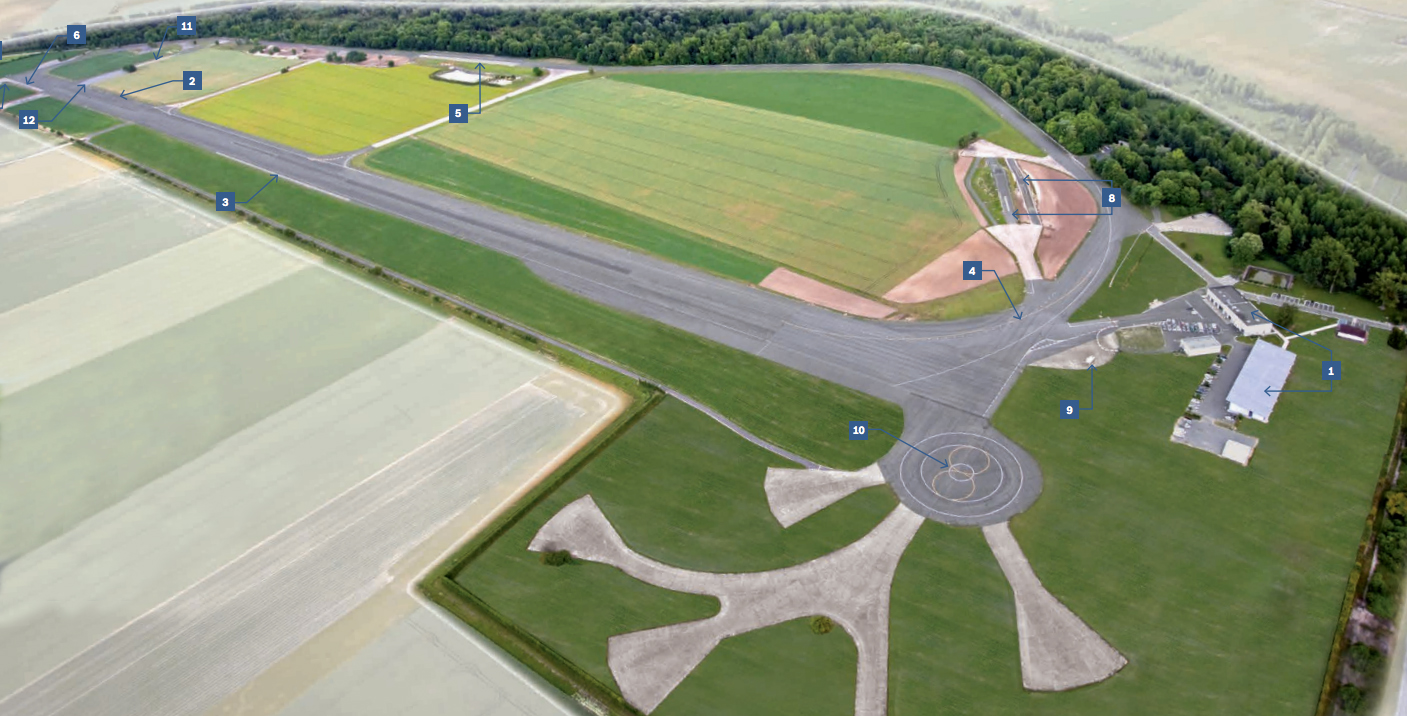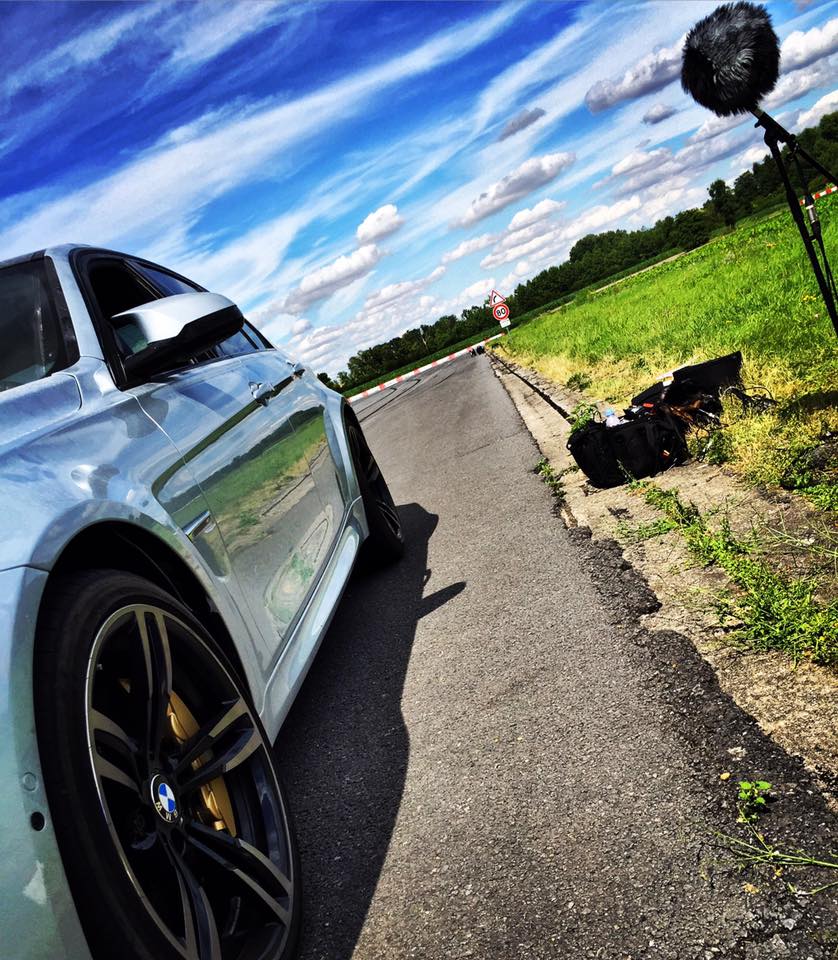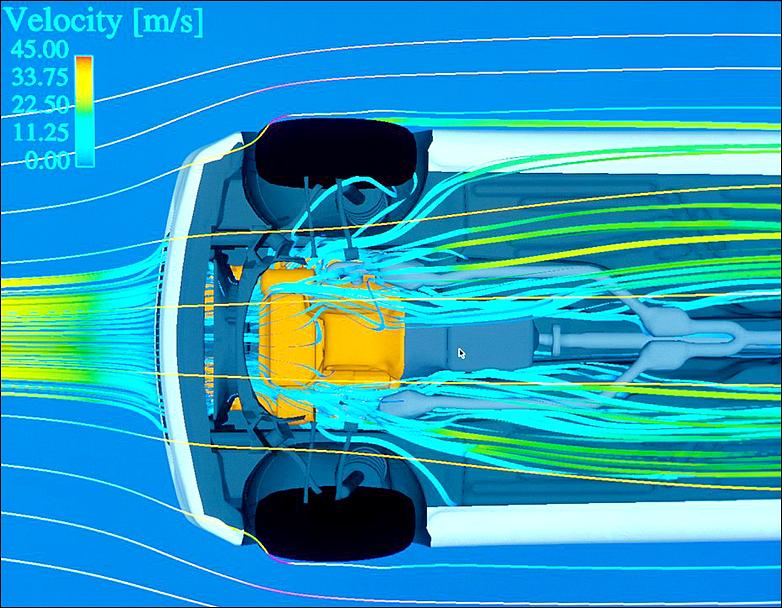Overdrive

Drifts and turns – The recordings
Last summer, we were asked by a sound supervising company to work on a project called Overdrive.
This movie, directed by Antonio Negret , and produced by Pierre Morel (director of Taken) takes place on the French Riviera, and centers on two car thieves, specialized in luxury cars who’s been hired to steal some of the most beautiful and expensive cars of a rich collector.
On the set, there was some of the original cars shown in the film, but for the most rare which was not supposed to be away from their protective case, even less doing stunts, the production has decided to build and use replicas.
Main problem, they were equipped with a Rover engine gripped on aluminum chassis, sound has to be rebuild in postproduction.
In addition to this, the director was not really satisfied by the sound of less, but still expensive cars, which were playing in the movie.
At the end, there was 8 cars which has to be recorded to match to the film.
This is when they called us to find a solution.
Here is the list and a picture of those cars:
AC Cobra:
This car, designed by Caroll Shelby in 1965, is equipped with a roaring 7 liters,V8 Ford engine.
The car also had wide fenders and a larger radiator opening, which was not easy for us, because of a big air flow into the engine hood.
the model we used was equipped with a foldable roof top, which means a poor sound insulation from the exterior, morever, the exhausts pipes was positioned on the side of the vehicle, which means, a trickier situation!
Maserati Granturismo S:
The original car used (and destroyed!) in the movie was a Maserati Quattroporte, but the director wanted to have a more aggressive sound, because it was the bad character’s car!
So, we proposed to record the Granturismo S whose engine, smaller than the Quattroporte, is however emitting a particular low catlike sound at idle, with an aggressive and sportive roar when it goes in high regimes.
Bugatti Atlantic:
This mythical car is incredibly rare (it remains few original models in the world), and one has recently been sold between 23 and 31 millions of US dollars.
https://www.theguardian.com/business/2010/may/11/bugatti-beats-car-auction-record
Of course, this one was one of those built as a replica on the set, and regarding what the drivers are doing with this jewel, it wasn’t possible to use a vintage car.
After some researches (and few disappointments!), we took the choice to record a Dodge RAM 150 Pickup (!) which has some kind of metallic and soft resonant V8 sound, which was working with the Bugatti (and in the range of the production’s budget!).
BMW M3:
This car, as the other models of the M (Motorsport) series, is a combination of many technologies, derived from car racing, which provides a high handling on the road, and a 450 horsepower engine.
The force of this car, was a weakness for our drivers, because it was controlled by a computer for the suspensions and the brakes, and systematically compensate the drifts he wanted to do.
Only the knowledge of the mechanics and the dexterity of the pilots, knowing exactly how to push it to overtake the on-board computer, made things possible.
BMW M4:
The BMW M4 is a high-performance version of the BMW 4 Series automobile developed by BMW‘s motorsport.
The Twinturbo 3L engine, growling and hissing, give to this car an incredible agressivity.
But again, it was quite difficult to push it to the limit due to the computer controlled systems.
We had to use the car which was used on the set, because it has been specially modified to block the Automatic Slip Regulation (ASR). And moreover, we had to record a long serie of doughnuts, which would not have been possible without this change.
BMW M6 (BMW 635CSI in USA):
This car is incredibly fast (255 km/h max), easily recognizable thanks to its “shark nose”. Its power, due to its 3,5L, and 286 horsepower, bring it to the top of the models we had to record in terms of stunts.
In the movie, this car was driving and drifting at really high speeds. We realized that this car was really “breathing” with low and deeps gaps at the gears changes, an impressive moment!
Mini John Cooper Works Countryman:
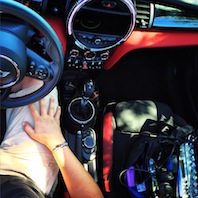
With its 231 horsepower’s engine, it is the more powerful engine ever to be fitted in a MINI. It could sprints from 0 to 100 km/h in 6,5 sec!
that’s what we asked to this car, because it appears in the movie racing at full speed in the mountains, and for a high speed stop.
Porsche 997:
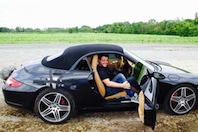
Its squat appearance, makes us to see some panther ready to jump/
For our luck, it was the last model to record, and its owner gave us a lot of time to do it. This was necessary, because it plays a big role in the film, which ends sadly! So we did a lot of things with this incredible machine.
But let’s go back to the beginning of this adventure.
After the production’s “GO”, we began to prepare the elements to do our recordings. We had 5 days on a circuit to record these 8 cars, which means to be sharp and ready as pitstop’s technicians.
First we thought about the cars, did some researches, find their aerodynamic specificities (it exists a lot of pictures for new models in wind tunnels, to see exactly where flows the air, and where it could be safe to place microphones)
THE RECORDING SETUP
1- the “onboard” setup:
With 5 days of recording, and 8 cars, we couldn’t afford to loose time by gripping cables on each car.
Moreover, some of them where so expensive, that any gaffer tape’s trace was unthinkable!
So we decided to prepare an 8 capsules system with LECTROSONIC SMDB HF transmitters, and DPA 4061 low sensibility microphones. Their size was tiny enough to find a place in some tricky holes!
3 where in in the engine’s hood in an “LCR” mode
2 where inside the cabin, on the back, to avoid a too big presence of the driver on the left side.
One was hidden in the fuel trap, to be as near as possible of the tire for the drifts
2 were gripped on a Cyclone Rycote, which has the specificity to reduce wind noises until 60 km/h (more than the classic Rycotes), we unmounted the rig which holds the microphone, to leave only the platform, where we sticked together the 2 Lectrosonics emitters, and use their antennas to hold the 4061 capsules, some kind of suspensions!
We were wondering also how we could grip this Rycote without any chance of losing it on the road during the stunts!
Our idea came with a system we made, imitating a bike rack, as we could see it on the back of the cars.
A rectangle chassis, hold by 4 straps, two on the trunk, two under the chassis, a Manfrotto clamp and Magic arm system, et voilà!
We worked with the rental company, Tapages in Paris, who allowed us to make some tests and adjustments for our grip system.
Here’s the “bike rack style” support, without the straps:
So, at the end, it was 8 sources, feeding a Sound Devices 788 for the on-board setup.
2- The “static” setup
To be coherent with the film, we had to deal with the coming in and out of the frame of the vehicles, but also their passbys.
We did know that the lack of time would be compensated by doing a routine to be sure to have the main elements we needed, then adding what would be specific, regarding the action in the film.
Here’s the routine we used:
Doors – open/close
Engine start – idle- revs -stop
Idle and starts -slow, medium-high speed (coming in and away)
A group of 3 loops of starts-drive-and stop on a length of 200m with drifts at the end.
We had a lot of onboard exterior shots of the car (with camera gripped on the hood), so we imagined a configuration using a tight curve on the circuit, where the car would keep a regular speed, and we followed it with a long boom, to be as close as possible of the car and keep the same distance, the entrance and exit of the frame would be done by MS couples, as shown above:
Then, and finally, we had to do some circuit laps at different speeds and intentions (drifts and turns).
Finally, to do this, we imagined a group of 4 MS couples.
One would be for the coming in (off axis) and away, entering the frame
One would do the pass by
One would follow the car with a boom, or be hold by the couple on a handle for close ups
One would be for the coming in (in axis) and away (off axis), going out of the frame
That meant 16 tracks for a single car.
THE PREPARATION
At the step they called us, final editing was done, and we had the image ready to have a close look at the cars.
There was a lot of stunts, often spectacular, not really doable without destroying them!
So we decomposed them as an addition of drifts, turns, stops and gos, to allow the editors to have what they needed.
Our main goal was to find the best mic placement to be faithful at what has been shot (in term of distance and energy).
Of course,this preparation meant that we had a circuit already chosen, to work on.
We found it, with the criterias of no noisy sources around (highways, and planes as less as possible), and not too far from Paris for logistical reasons.We have to say that french circuits has curious rules to use their installations, most of them had to deal with a maximum sound level of 96 dB for example, and it was really difficult for us to imagine the range of each car, in each situations, but we were pretty sure to exceed this limitation.
By the way, we found a circuit with an ideal situation and matching our requirements!
We needed 15 days to list and set the recording steps, but, suddenly, 3 days before our start, we received a call saying that we had to change the circuit!
You can imagine how we felt at that moment.
But the one we found in replacement, was farther, but even more interesting than the other!
ON THE STARTING LINE
That day of july was particularly hot, but we knew that there was no chance of rain or storms. That circuit was huge, and its ideal situation avoided us birds and circulation.
The first cars were already there, and mechanics and drivers were waiting for us. We knew that we had to deal with huge distances, that’s why we decided to use only an half of the circuit.
200m of cables were pulled along the tracks, MS couples set on position, we were ready for our first ride!
It took only 30 min to prepare the first car, which was the BMW M3.
Our “MikeRack” gripped perfectly well on the back, near the exhausts, it was more tricky to find places for the transmitters in the hood, because there were a big carter on the engine and everything was optimized.
We found a place near the fuse box, and gripped the 3 transmitters fuse with bungees.
We were thinking about problems we would encounter in the engine hood, using transmitters (interferences and heat, mainly) but the LECTROSONICS were absolutely fabulous and holds incredibly high temperatures, without stopping to work! (we were forced to wait them to getting cold, to take it off at each car change, but it never failed)
The only problem encountered was the flow of air.
Car designers has based their conceptions in the idea to cool the engine with this additional air path which could be a real headache for us, field recordists.
In our particular case, we pushed the engines to their limits and had to deal with vibrations, heat and air leaks, regarding vibrations and heat we used, those gym mat, with an aluminum layer which protected well our microphones and transmitters.
Engines are generating a lot of energy, acoustically aswell, but most of all, there’s a lot of parasites. Heating fan, clicks, mufflers,etc…sometimes, the only window open to the engine available is the exhaust.
Then we did the BMW M4.
There’s a problem with Turbo engines, it starts to hiss when you go high on the rpms; and it blows a lot of air in the exhausts.
You can hear an example here
Again, this car was really difficult with the engine, because there’s was a heat ventilation working all the time, due to high temperature inside, but also outside (it was near 43° under the sun!) Our advice would be: if you have to record cars, try to do it in winter!
Something more: when you reach a certain speed,near the exhausts, the balance between the engine, and the two essential parasites, air and tires on the road, tend to tip the scale towards the seconds. Beyond 60-70 km/h, the flow of air is blowing around and seems to smear the high frequencies, the sound is blurred.
In our case, the trick was to ask the driver to drive at high rpms, keeping the gears in 2nd or 3rd, but not too speed.
Finally, we did (a lot) of doughnuts.
This has been possible because we had a super team of mechanics and drivers and a lot of tires!
These tires wasn’t new, it was the condition to have long drifts, to grip the road. No way to do that with new tires!
After 16 turns, the driver stopped and said: “I think we’re near to the metal of the wheel!”, and it was true!
and we didn’t vomit!
The recording of the M6 was not a problem regarding the two others.
However, we’ve been asked to record a reverse drive with the M6, and were surprised that it didn’t make this typical sound we use to hear in reverse, but the same sound as the regular drive!
Then came the evil of the AC Cobra!
Imagine a (nice!) metal tray with four big wheels and a huge engine, you almost have the AC Cobra!
How can a car be so beautiful and so hard to record?
A symbolic insulation between the engine hood and the cabin, for the sound, but also for the heat! My feets were burning!
And to top it all, a flapping roof top and lateral exhausts!
We tried a lot of possibilities, and we realized that our mikes for the exhausts, would be gripped on passenger’s door, with only one capsule rearward to the road, the other would be taped with foam and a windjammer to the air vent of the hood.
This process worked pretty well, but what was supposed to be an interior was too windy!
Last thing: there’s no handles to hold yourself in this car, so, good luck when you do drifts with it, and when you have to hold your recorder too!
The Maserati and the Mini wasn’t a problem. No particular things to say about it, despite the fact that when you record over the hood, you hear almost nothing!
Everything comes from the exhaust, and what a sound!
Listen to some quick examples of the Maserati! here
The last one was a real pleasure to record: the Porsche 997.
Most important thing, as everyone knows, the engine is behind, and it changes everything. it’s not facing the road.
We decided to disconnect the ventilator, which was fixed on the boot lid and at close distance from the engine, and the the spoiler system which was moving depending on the car’s speed.
The sound wad roary, soft, and really impressive.
Finally, there was 15 tracks per cars, a huge work of editing and naming in a little time.
Hope those lines has entertained you, and maybe helped a little!
Don’t hesitate to comment or ask questions 😉
All the best to you
The Red Libraries team.

